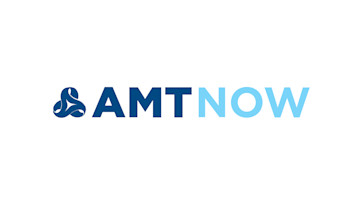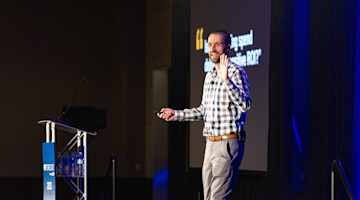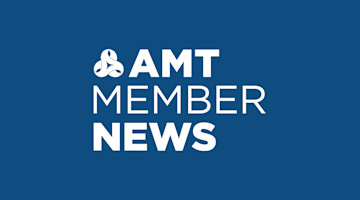“No person is your friend who demands your silence, or denies your right to grow.”
– Alice Walker
1. All the Materials Machine
Multi-material designs are the future. As with all bleeding-edge designs, the question is, how do you manufacture them efficiently? Researchers out of the University of Missouri are pushing a concept called “Freeform Multi-material Assembly Process.” The team leverages 3D printing and lasers to create multi-material, multi-layered sensors, circuit boards, and even textiles with electronic components.
2. Don't Hold Your Breath
Humanoid robots are attempting to solve the problem of automating freeform environments. Looks like we are shifting from concept to industry warehouse testing with a “warehouse buddy” robot. While this might work on paper, the cultural acceptance of this technology has a long way to go. One thought experiment our team did while at an automation event was to ask ourselves what type of robot we would want in our house.
3. AI, Take the Wheel
Labeling generative AI as a “co-pilot” is the right way to harness this technology: a tool that supplements humans and does not take over the world. Current tools can assist engineers in optimizing product design, manufacturing processes, analyzing 3D scans, and suggesting solutions to manufacturing challenges. Guys, Skynet is here to help.
4. Check Your Composites Before You Wreck Yourself
Composite materials are a godsend in aerospace and many other industries. The key is the directional strength based on the fibers. Although we have been using composites for a while, there is a gap between simulations and real-world data. Researchers are aiming to improve defect modeling in composites by enhancing existing models to account for fiber misalignment, which significantly affects the accuracy of stress redistribution predictions in composite materials… Also, next time we get together, let’s talk about '90’s rap songs.
5. Financing Tech Is Hard
Leveraging technology to scale your business is a time-tested practice that often requires a heavy initial investment that can cause cash flow challenges. Why not get the tech now but pay later? A startup platform allows early-stage companies to finance essential technology acquisitions, aiding in cash flow management and accelerating growth.
To get the latest tech developments delivered directly to your inbox, subscribe to the weekly Tech Report here.
To access Tech Trends, log in to or register for an MTInsight account at https://www.mtinsight.org/






